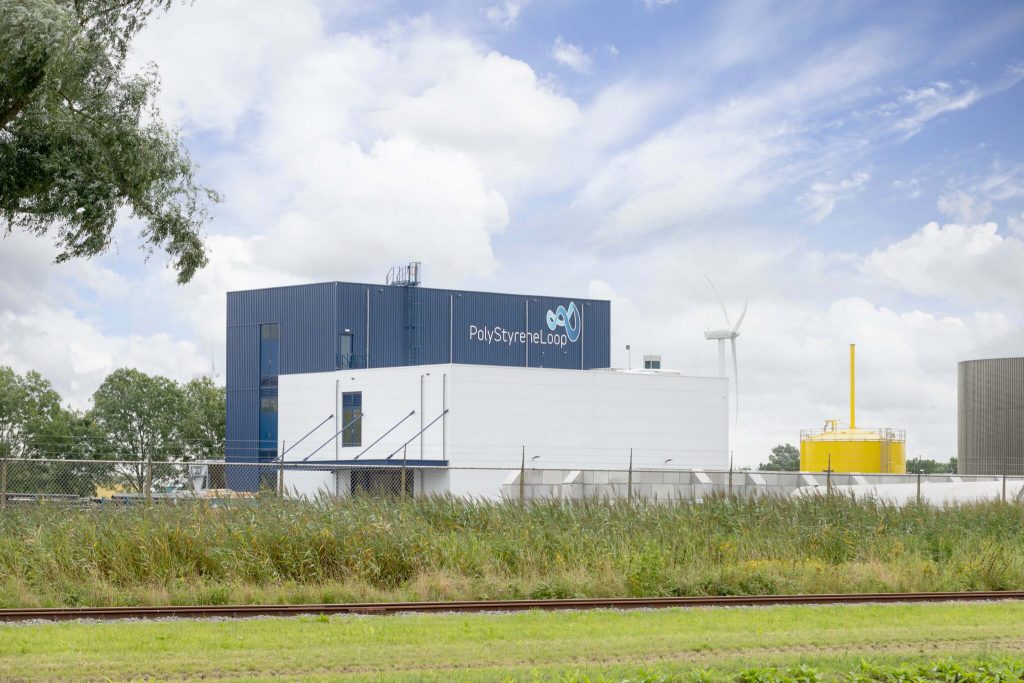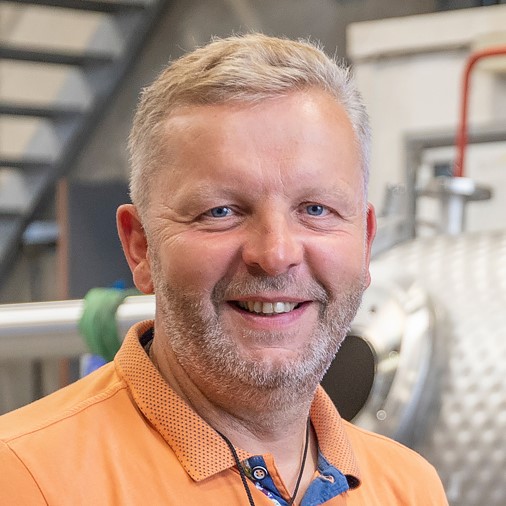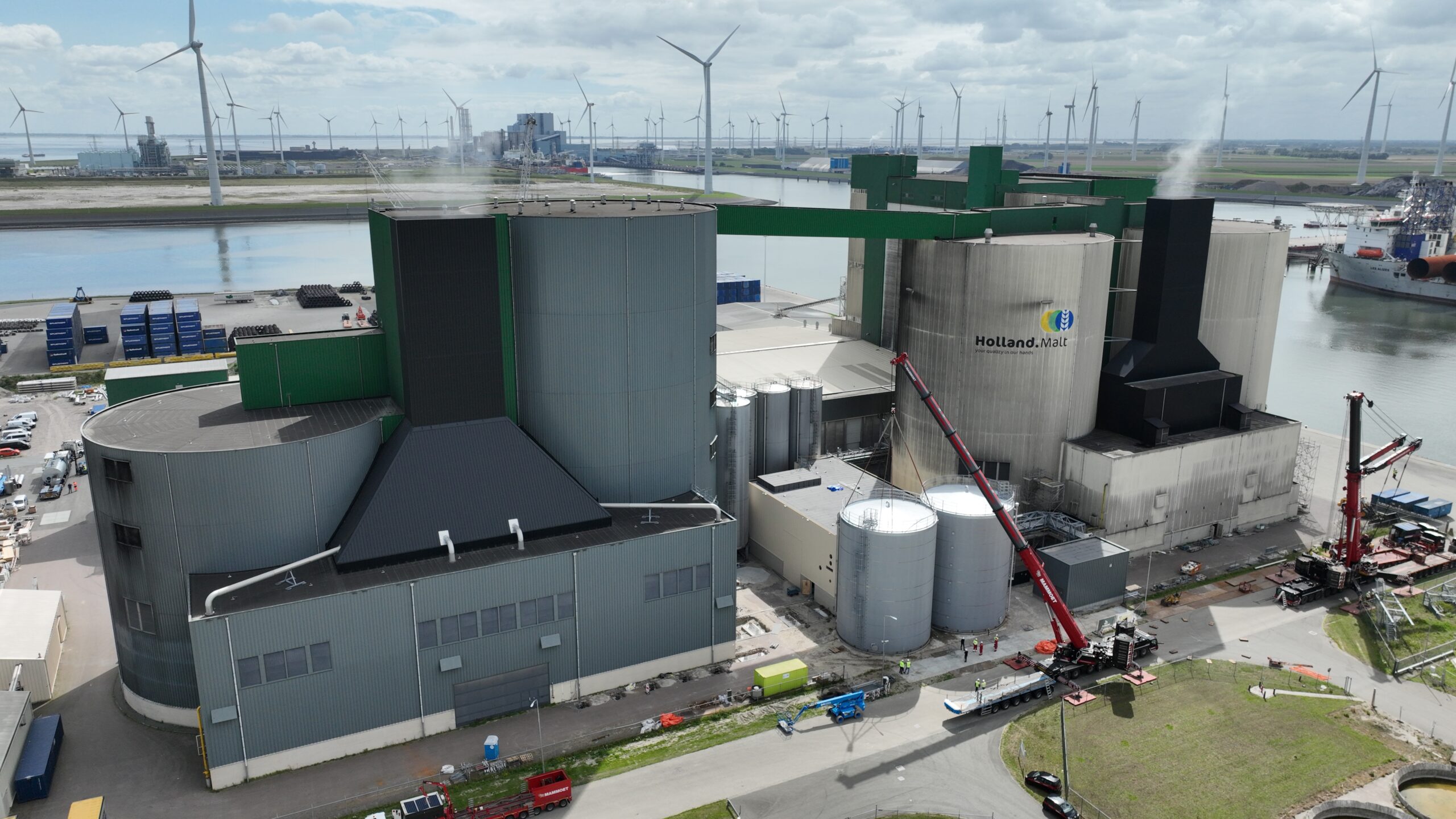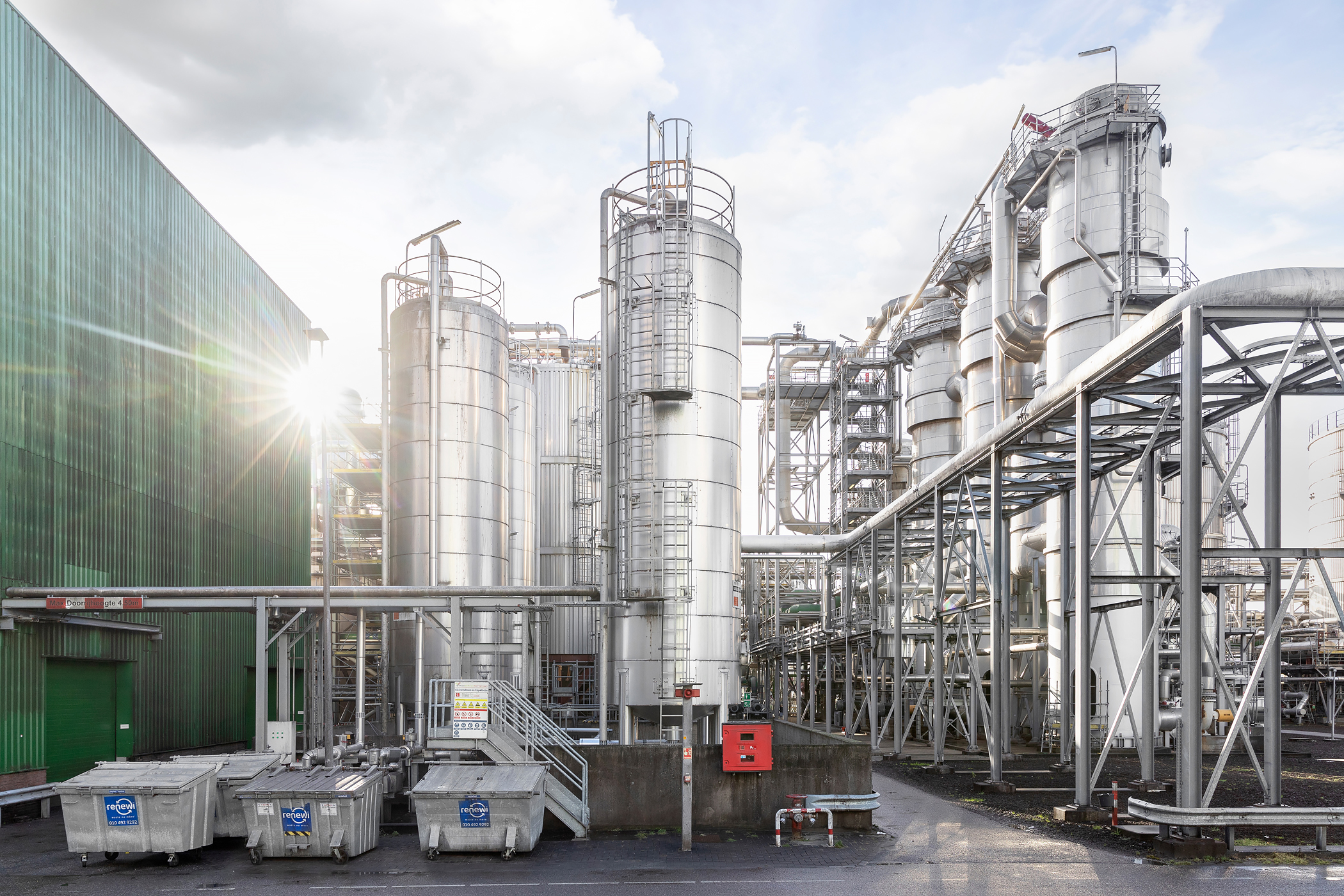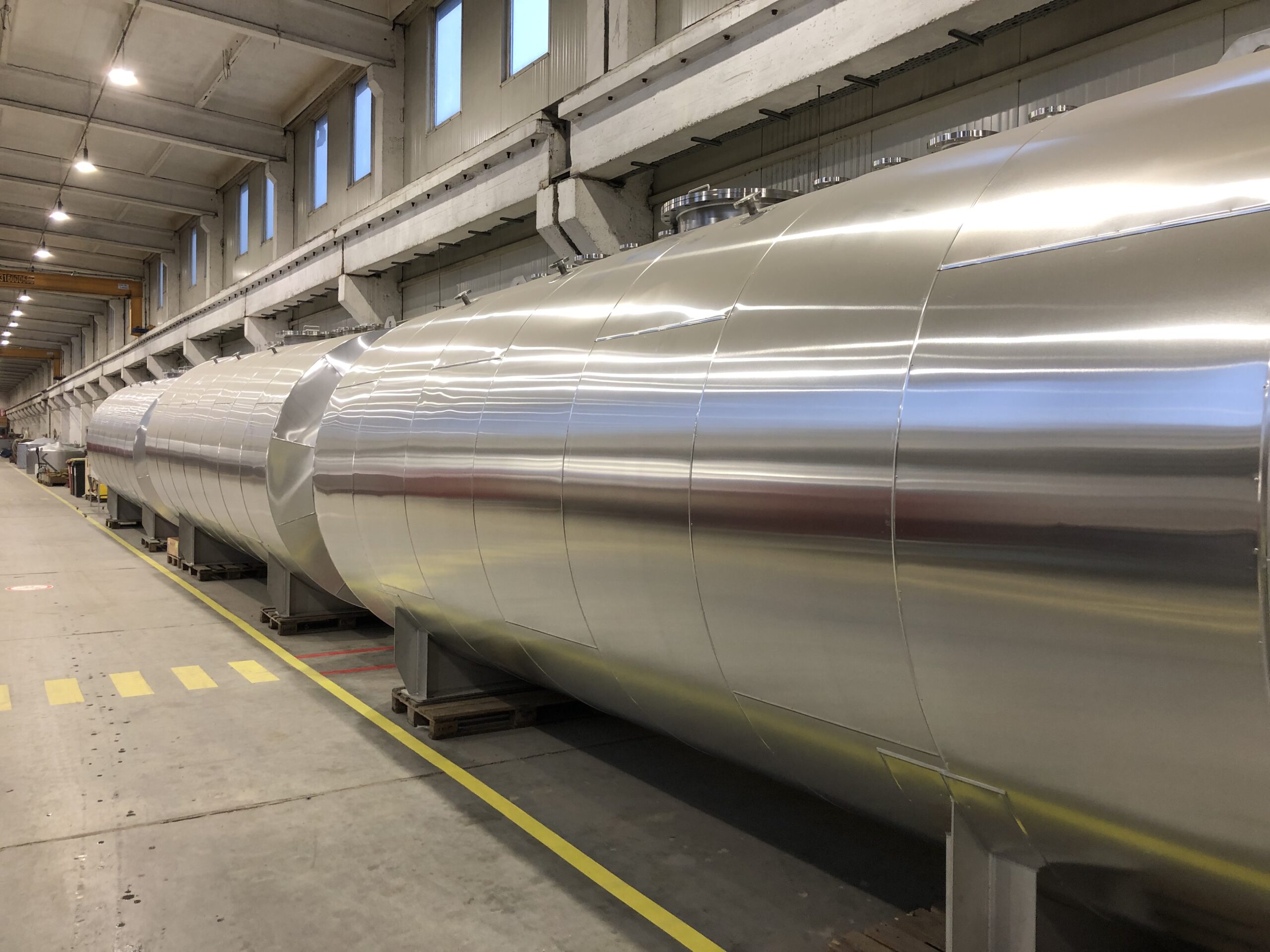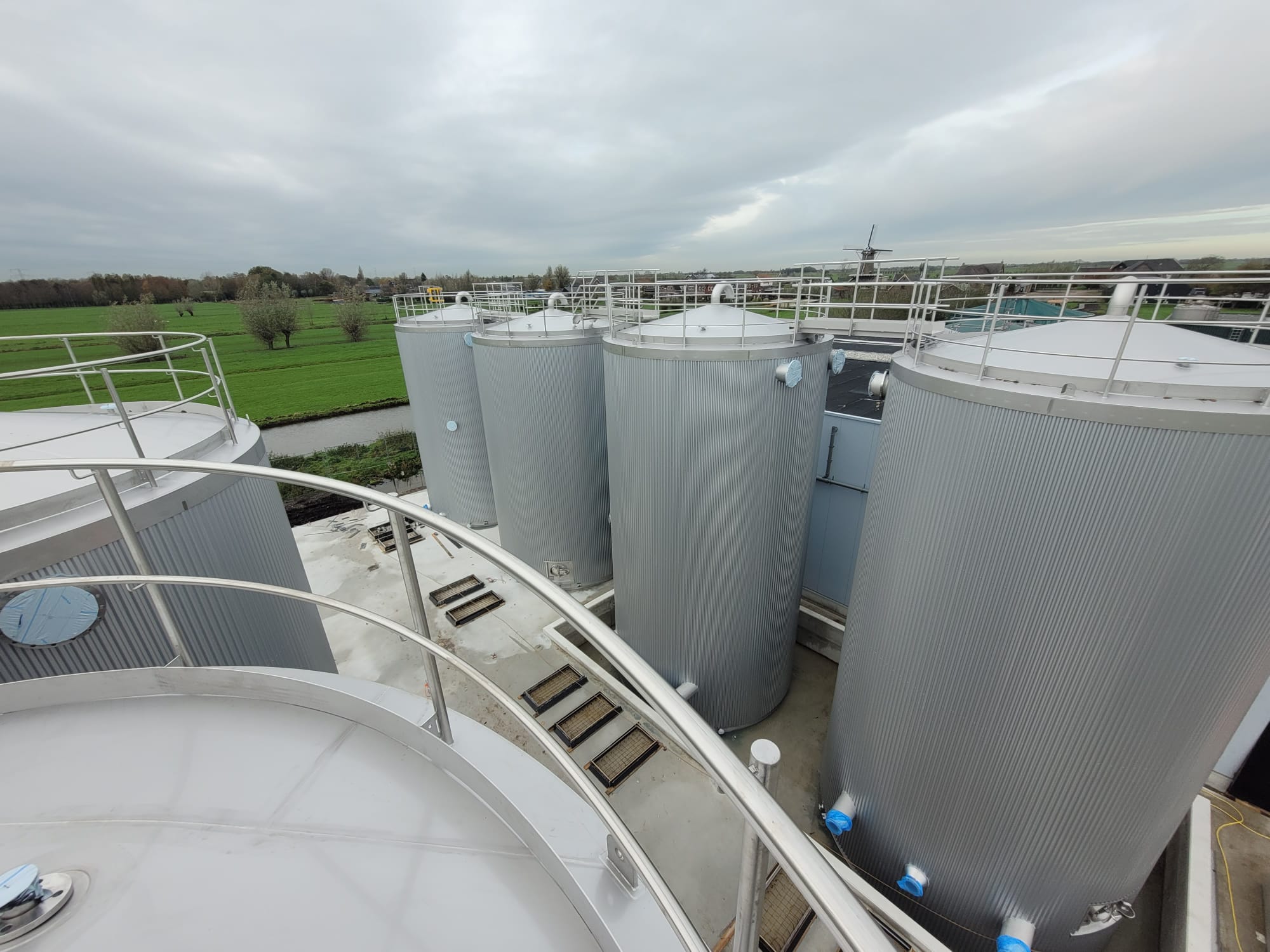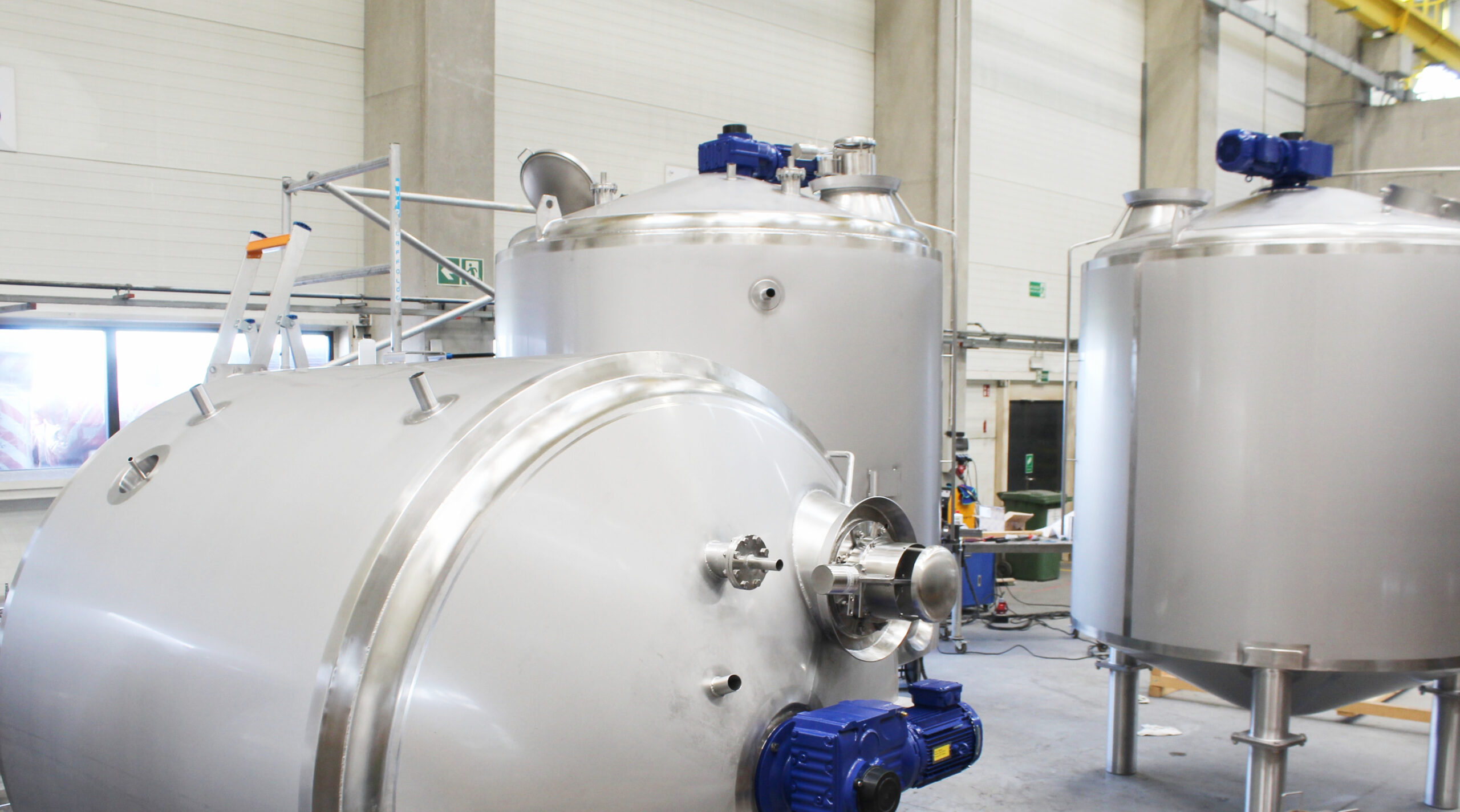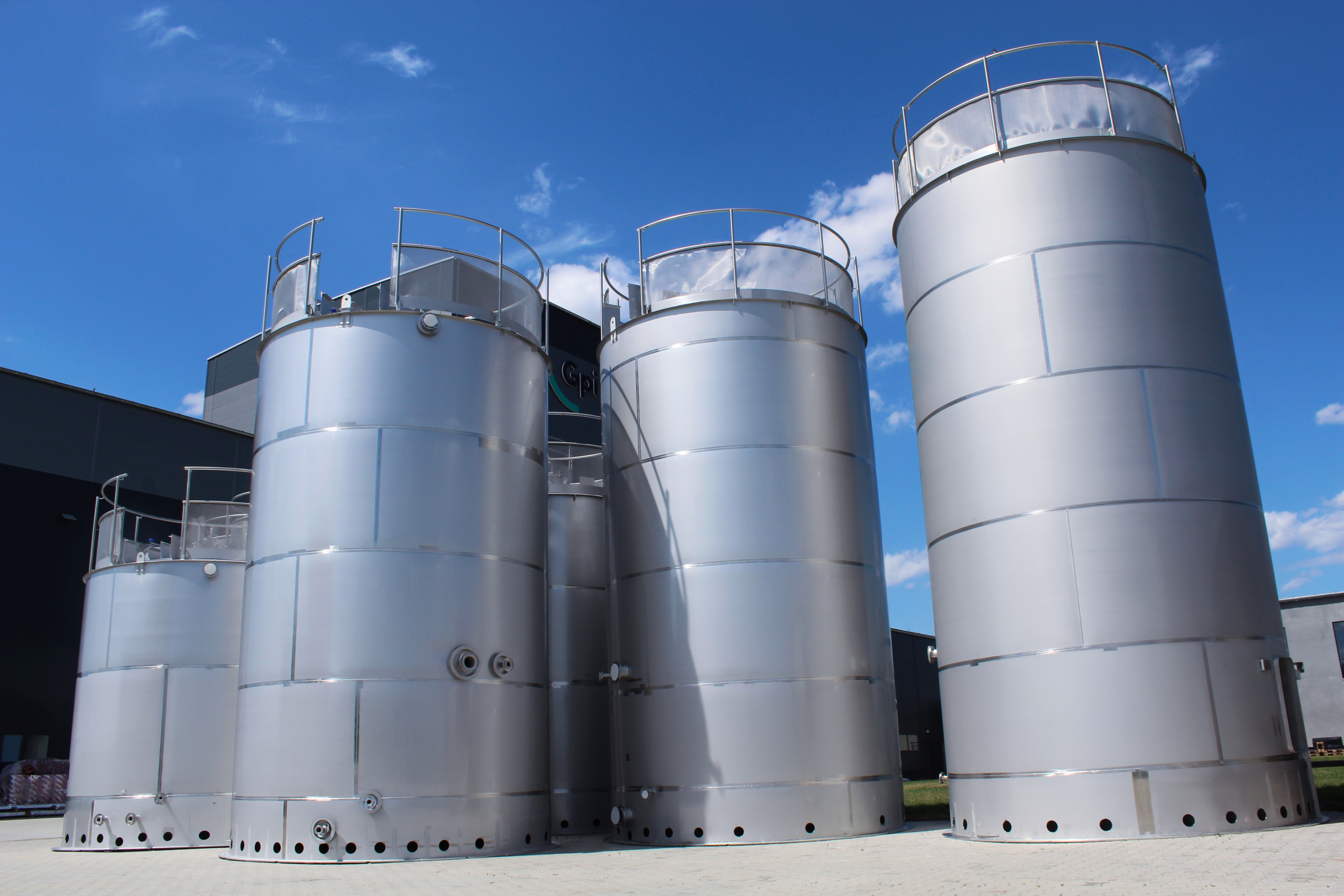Gpi supplies 12 stainless steel buffer tanks for recycling polystyrene insulating foam waste to PolyStyreneLoop
‘Gpi proved itself to be an open, professional outfit throughout the process’
Gpi was recently invited to supply 12 stainless steel tanks to PolyStyreneLoop, a non-profit organisation that recycles polystyrene (PS) insulating foam waste and helps recover bromine from the waste product HBCD, a flame retardant that was banned in polystyrene insulating foam in 2017. PolyStyreneLoop is doing its bit towards fostering a circular economy by means of a closed system solution, which not only recovers reusable bromine from HBCD but also ensures that the residual PS (Loop PS) can be reused for the production of new insulation materials after separation of the HBCD. PolyStyreneLoop recycles 3,000 tonnes of polystyrene foam waste containing HBCD each year.
Recycling PS insulating foam waste containing HBCD
Whenever PS foam containing HBCD is released during demolition work, as much residual concrete, glass or wood as possible is removed from the PS foam waste. The pretreatment then ensues. To the fullest extent possible, any further impurities are separated out from the PS foam waste and the material is compacted down to as much as a 15th of its original volume. This compromised PC foam waste is subsequently transported to the PolyStyreneLoop plant, where the recycling process continues.
In PSL’s plant the flame retardant HBCD is separated from the polystyrene using CreaSolv® Technology, a solvent-based purification process. This process largely occurs in the 12 stainless steel buffer and storage tanks supplied by Gpi.
All 12 tanks arrived simultaneously in a single shipment on three lorries. The installation of the stainless steel buffer tanks went smoothly as the front façade of the new plant was still open and the tanks could easily be lifted in.
The polystyrene fragments are dissolved in stainless steel buffer tanks with a PS-specific liquid. The solid impurities are filtered out and then removed. This is followed by adding another liquid that turns the PS into a gel, with the additive (HBCD) being left in the remaining liquid. The PS gel is subsequently separated out from the process liquids and, after cleaning, dried and granulated (Loop PS). After recovering the process liquids, the HBCD is left in the sludge. The bromine in the HBCD is recovered using ICL Terneuzen’s Bromine Recovery Unit, which ensures safe destruction of HBCD and recycling of the bromine to produce new polymer flame retardants used in insulation products, which in turn are made from the Loop PS recyclate.
The unique thing about this recycling process is that it is powered by renewable wind energy.
Collaboration
Gpi entered the picture as part of a joint tender with Engie. ‘We were keen to maximise our investment in the Netherlands and Gpi had the most appealing offer—not only in terms of price but above all in terms of their turnaround time and quality, which convinced us to have Gpi construct our recycling process tanks’, says Jos van de Ven, Project Manager PolyStyreneLoop. Moreover, Jos is extremely positive about the clarity of the communication between the two parties as well as the swift, clear responses to queries and fulfilment of agreements.
‘Gpi proved itself to be an open, professional outfit throughout the process’, adds Jos.
Jos van de Ven, Project Manager PolyStyreneLoop
About the customer
PolyStyreneLoop is a cooperative with in excess of 70 members and supporters in the PS foam value chain. These parties work together on finding a sustainable solution to the issue of PS foam waste containing HBCD. By acquiring this PS foam waste, recycling it to make Loop PS and selling this recycled product exclusively to the cooperative’s members and supporters, companies affiliated with the cooperative are doing their bit towards the transition to a circular economy.
The first PSL plant with an annual capacity of 3,300 tonnes was established in Terneuzen. More factories like the PSL plant in Terneuzen are to be built throughout Europe over the next few years to enable the rising volumes of PS demolition waste containing HBCD to be recycled.
